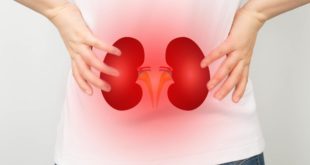Exercise induced asthma can be very discomforting. Symptoms of exercise induced asthma include shortness of breath, wheezing, coughs, poor performance on field as well as prolonged recovery.
Exercise induced asthma is a respiratory disorder that lasts for several minutes. It may be caused by several factors such as medical conditions, medications and environmental factors. It can also be triggered by aerobic exercises.
Dr Rajesh Gupta, Pulmonologist, Fortis hospital shares some steps on how to manage the problem.
Sports Selection.
Sports selection can be helpful in guiding an athlete or a sport person towards the performance e of sports in environments that are likely to cause this respiratory disorder. A sport with few aerobics such as sprinting, weight lifting, football is better tolerated by affected sports persons.
Choose a suitable time and place to exercise.
It is preferably good to exercise when the air is warmer and humidity is higher. Activities like swimming automatically increases the humidity of the environment.
Altering breathing techniques.
Altering breathing techniques from predominant mouth breathing to nasal breathing can result in less exercise induced asthma during the performance of an activity because the inhaled air is both humified and warmed. If you are mouth breathing, breathe through a scarf, mask or an handkerchief.
Initiate warmups.
Initiate a 15-30 minutes warm up followed by 15 minutes period for rest.
Preventive medication.
Administer preventive medication 15-30 minutes before starting activities.
Education.
Patients and coaching staff must be educated on how to detect symptoms early in order to save the lives of victims.
The first treatment to an acute exercise induced asthma is by removing the patient from the competition or play and provide immediate administration of preventive medicines and activities. If the patient doesn’t seem to recover, he or she must be transferred to an emergency center quickly.
Exercise, completion or play can be continued by reassuring participants that the disorder can be fully treated when one is given proper treatment.
They have to be encouraged that there will be no need to panic.
 GhArticles.com Every News in Detail
GhArticles.com Every News in Detail



